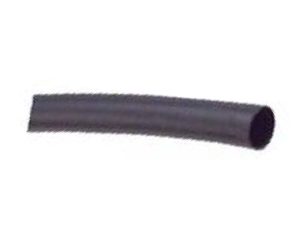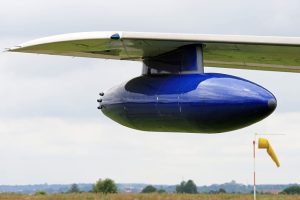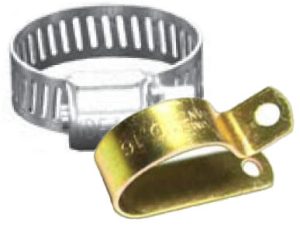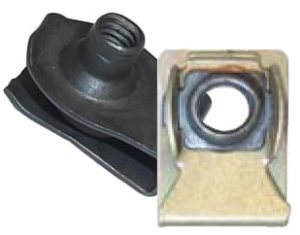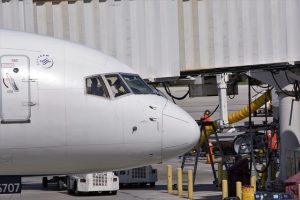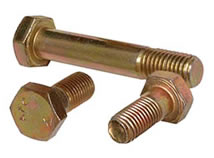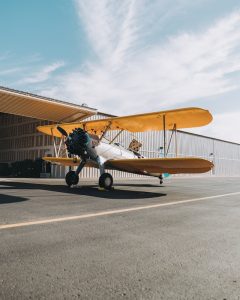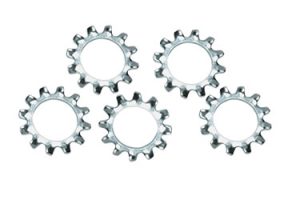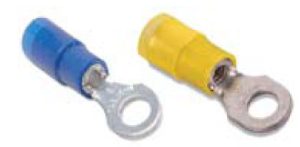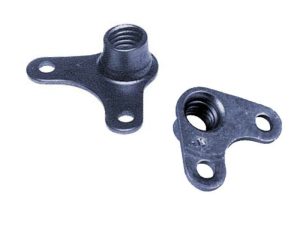
Fuel consumption is a concern for long-haul flights. Some flights only last about a half-hour. Others, however, last for up to 12 hours. Known as long-haul flights, they require more fuel than shorter flights. There are ways for airplanes to manage fuel consumption during long-haul flights, however.
Carrying Only the Required Amount of Fuel
One of the ways that airplanes manage fuel consumption during long-haul flights is to carry only the required amount of fuel. Fuel is heavy. One gallon of jet fuel weighs nearly 7 pounds. By only carrying the required amount of fuel, airplanes will weigh less. A lower weight, of course, translates into less fuel being consumed.
Load Shifting
Some airplanes use load shifting to manage fuel consumption during long-haul flights. Load shifting is the process of transferring fuel between various tanks. Most commercial airplanes are equipped with several fuel tanks. As they burn fuel, they may transfer fuel from a full tank to an empty tank. A process known as “load shifting,” it allows for a balanced center of gravity that manifests in the form of improved stability and lower fuel consumption.
Composite Structural Design
Composite airplanes are commonly used for long-haul flights. The term “composite” refers to any combination of materials that are synergistic. In other words, the combined materials enhance their respective properties. Rather than featuring an all-aluminum body, many airplanes now use a composite body. Composite airplanes are strong, lightweight and efficient. They allow airplanes to fly longer distances while consuming less fuel.
Continuous Descent Approach (CDA)
Modern-day airplanes often use Continuous Descent Approach (CDA) to manage fuel consumption during long-haul flights. What is CDA exactly? It’s a feature that involves descending with only the minimum engine thrust. At the end of a long-haul flight, airplanes will reduce their thrust so that they glide down to the runway. Thrust consumes fuel. With CDA, airplanes will reduce their thrust, thereby conserving fuel.
Continuous Climb Operations (CCO)
In addition to CDA, there’s Continuous Climb Operations (CCO). CCO is essentially the opposite of CDA. It allows airplanes to optimize their ascent. Like with CDA, COO results in lower fuel consumption. Airplanes will consume less fuel when ascending with CCO.
In Conclusion
Long-haul flights require a lot of fuel. To manage their fuel consumption during long-haul flights, airplanes employ several different strategies, some of which include carrying only the required amount of fuel, using a composite structural design, CDA, CCO and more.
- SEO Powered Content & PR Distribution. Get Amplified Today.
- PlatoData.Network Vertical Generative Ai. Empower Yourself. Access Here.
- PlatoAiStream. Web3 Intelligence. Knowledge Amplified. Access Here.
- PlatoESG. Automotive / EVs, Carbon, CleanTech, Energy, Environment, Solar, Waste Management. Access Here.
- BlockOffsets. Modernizing Environmental Offset Ownership. Access Here.
- Source: https://monroeaerospace.com/blog/how-do-airplanes-manage-fuel-consumption-during-long-haul-flights/
- :is
- $UP
- 12
- 200
- 300
- 7
- a
- About
- addition
- Airplanes
- allow
- allows
- amount
- an
- and
- any
- approach
- ARE
- AS
- At
- being
- between
- body
- burn
- by
- carry
- carrying
- Center
- climb
- combination
- combined
- commercial
- commonly
- Concern
- conclusion
- consume
- consumed
- consumption
- continuous
- coo
- course
- Design
- different
- do
- down
- during
- efficient
- end
- Engine
- enhance
- equipped
- essentially
- exactly
- Feature
- Featuring
- flight
- Flights
- For
- form
- from
- Fuel
- full
- gravity
- heavy
- HOURS
- How
- However
- HTTPS
- improved
- in
- In other
- include
- into
- IT
- jpg
- known
- Last
- less
- lightweight
- like
- load
- longer
- Lot
- lower
- manage
- many
- materials
- max-width
- May..
- minimum
- more
- most
- nearly
- now
- of
- often
- ONE
- only
- Operations
- opposite
- Optimize
- Other
- Others
- plato
- Plato Data Intelligence
- PlatoData
- pounds
- process
- properties
- rather
- reduce
- refers
- require
- required
- respective
- Results
- runway
- several
- SHIFTING
- So
- some
- Stability
- strategies
- strong
- structural
- synergistic
- tank
- Tanks
- term
- than
- that
- The
- their
- There.
- thereby
- they
- thrust
- to
- transfer
- Transferring
- use
- used
- using
- various
- ways
- weigh
- weighs
- weight
- What
- What is
- when
- which
- while
- will
- with
- words
- zephyrnet

